Five ways volunteers can help protect the Chesapeake Bay
From planting a tree to monitoring pollution, a small amount of time can make a big difference
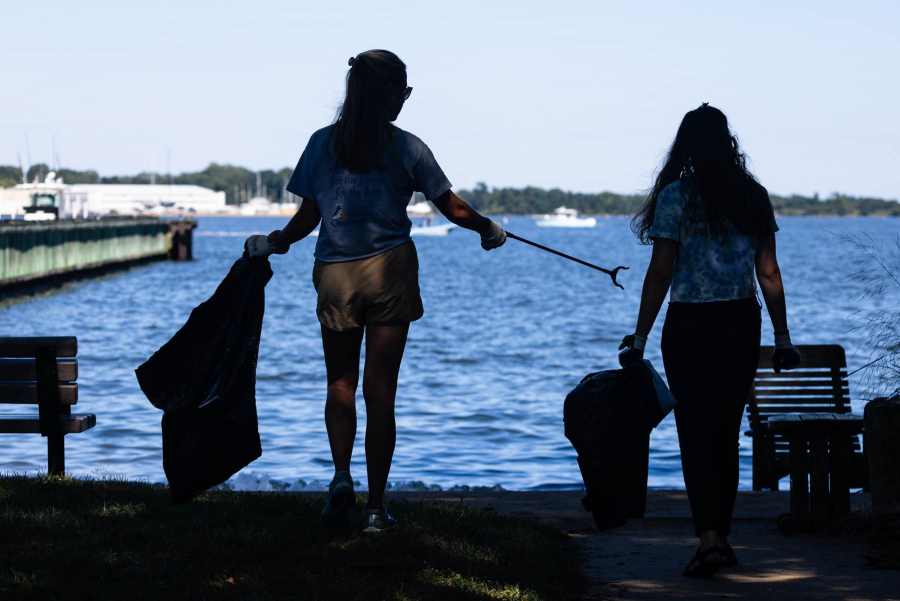
Caring for the environment is a year-round activity. But as temperatures rise, flowers bloom and the natural world springs to life, it can be easier to get outside and get involved. In the Chesapeake Bay region, there are countless opportunities to volunteer, no matter your interests or age level. April is National Volunteer Month, and to celebrate, we’re highlighting a few ways you can help protect the environment that surrounds us.
1. Pick up trash
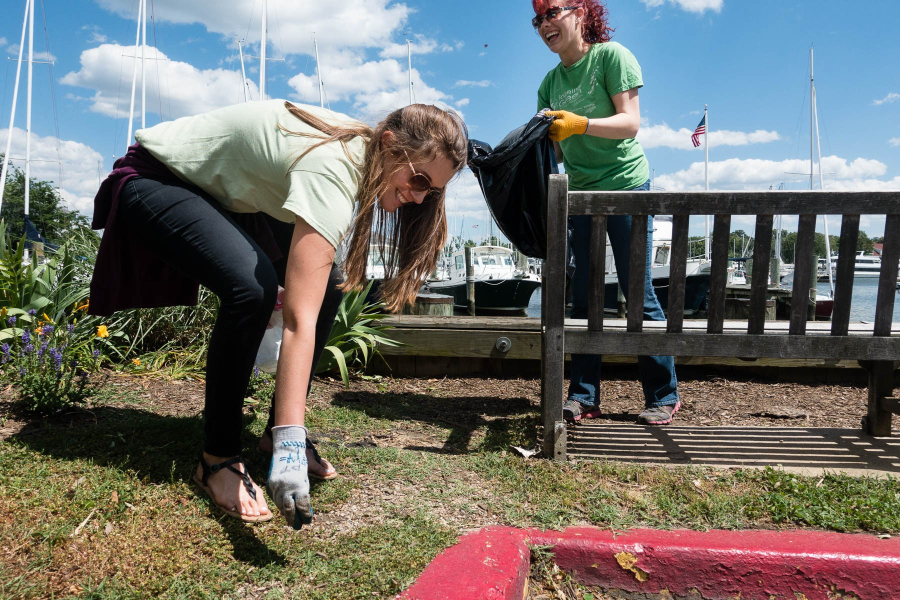
Litter is often one of the most visible forms of pollution we encounter in our day-to-day lives. Trash cleanups collect this litter—from plastic soda bottles to old tires—from sites across the Chesapeake Bay region, often along the shores of the watershed’s rivers and streams.
One of the area’s largest cleanup initiatives is the Alliance for the Chesapeake Bay’s Project Clean Stream. In 2016, close to 3.3 million pounds of trash were collected at more than 3,700 Project Clean Stream sites. While the bulk of events take place on the first Saturday in April, cleanups continue to be held through the beginning of June.
Another event, held on the first Saturday in June each year, is Clean the Bay Day. Sponsored by the Chesapeake Bay Foundation, the cleanup takes place in Virginia along the shores of the Bay and its rivers and streams. Since its start in 1989, close to 6.4 million pounds of trash have been removed from almost 6,900 miles of the state’s shorelines.
2. Plant a tree
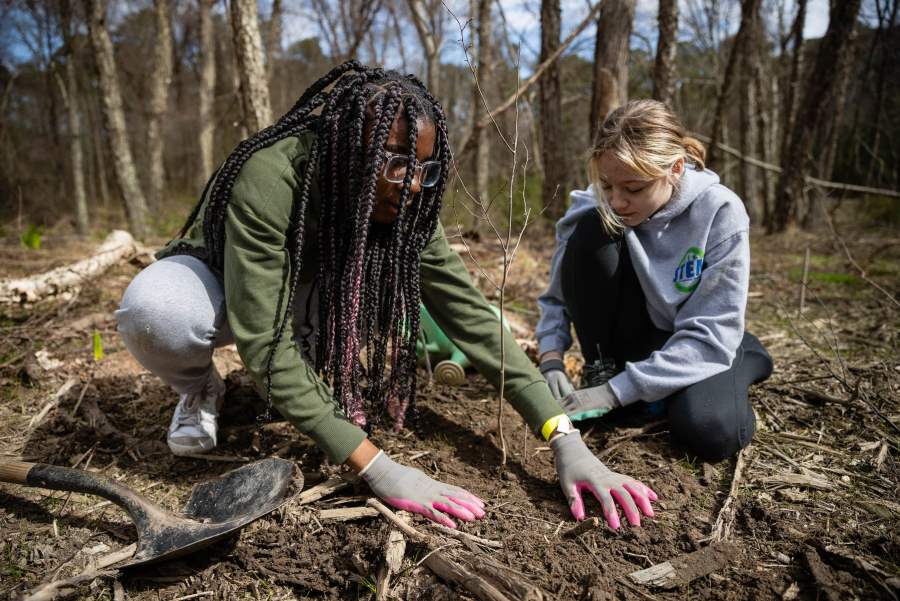
By improving air quality, trapping water pollution and providing habitat for wildlife, trees play a critical role in a healthy ecosystem. Landowners can individually plant trees along their property, but many organizations also host tree planting events, during which volunteers can assist in planting large numbers of trees on both private and public lands.
Celebrations like Earth Day (April 22) and Arbor Day (April 28) are particularly popular for tree plantings, but events can be found throughout the spring and fall. In the Chesapeake region, April, May and October tend to be the best times for plantings, both for tree survivability and for the comfort level of volunteers working outside. To find a tree planting opportunity near you, you can contact your local watershed organization or check the events calendar of organizations like the Chesapeake Bay Foundation.
3. Be a citizen scientist
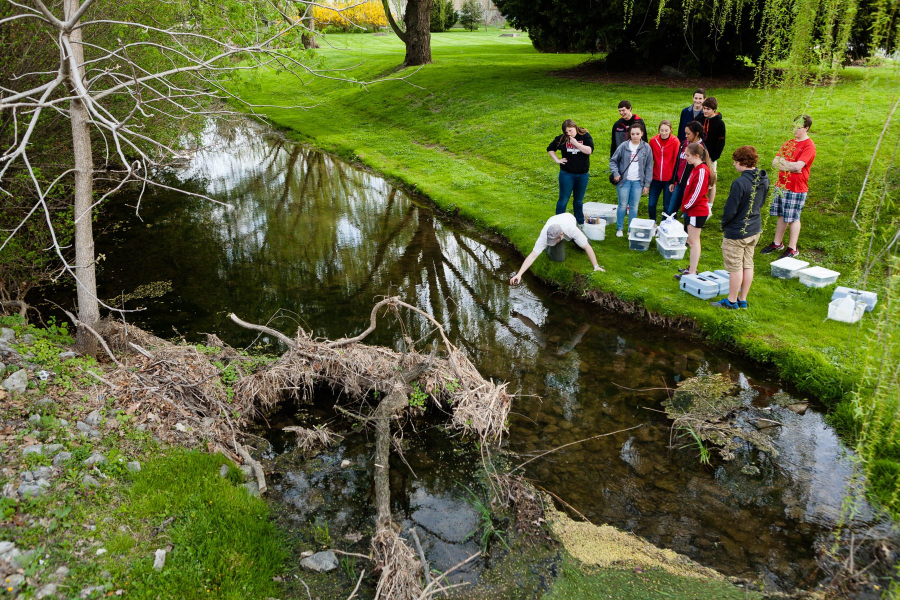
Gathering data about the natural world helps scientists and decision-makers detect changes over time and better understand the complex workings of the Bay ecosystem. But time and resources limit the number of sites and frequency of monitoring, especially in the smaller creeks and streams that thread through the region. Networks of trained volunteers can assist in activities like measuring water quality, tracking wildlife and identifying invasive species.
Organizations throughout the Chesapeake Bay region engage citizen scientists in their efforts. The Alliance for the Chesapeake Bay’s RiverTrends program, for example, provides training to water quality monitoring volunteers in the Virginia portion of the Bay watershed. Other initiatives like Project Noah use mobile apps to track sightings of wildlife. Contact your local watershed organization to learn about citizen science opportunities in your area.
4. Support wildlife
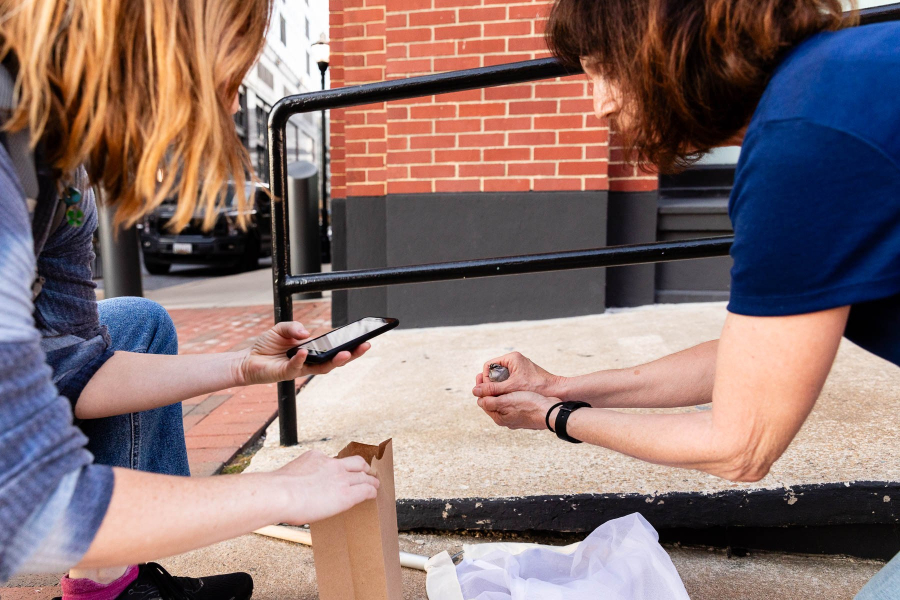
Hundreds of species depend on the Chesapeake Bay and its surrounding region, whether as seasonal visitors or as permanent residents. A variety of factors affect the ability of these critters to thrive, from the availability of sufficient food and habitat to surviving in a world of unfamiliar, man-made obstacles. Wildlife organizations and refuges provide support and sanctuary to thousands of animals each year, and they rely on volunteers to help carry out their mission.
Organizations like the Wildlife Center of Virginia assist in wildlife rehabilitation, using volunteers to transport, treat and care for injured wildlife. Volunteers help City Wildlife in D.C. care for urban wildlife, track injured migratory birds and monitor duck nests in the city.
The Chesapeake Bay watershed is also home to fifteen national wildlife refuges, protecting the forests, fields, wetlands and shorelines that wildlife depend on. Many of these refuges have “Friends” groups—such as Friends of Blackwater National Wildlife Refuge—that provide volunteer opportunities like leading nature walks, helping with trail maintenance and staffing information desks.
5. Educate others
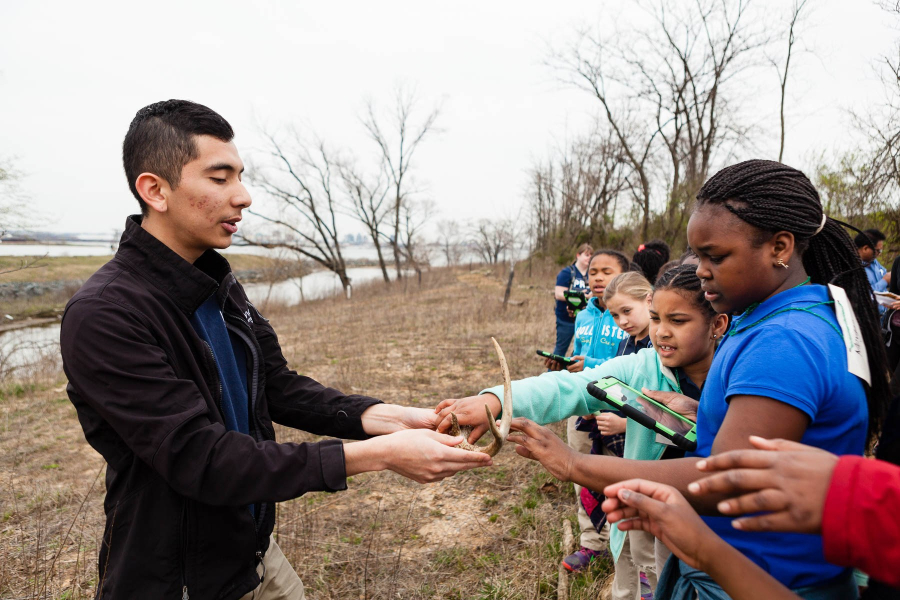
More than three million students in kindergarten through 12th grade live in the Chesapeake Bay watershed—and soon, they’ll be the caretakers of its well-being. Teaching these students the knowledge and skills they need to care for the natural world builds the foundation for future environmental stewardship.
That’s why groups across the region are focused on providing meaningful outdoor experiences to students, connecting them with the environment that surrounds them. Audubon Naturalist Society near D.C., for example, uses volunteer teaching assistants to help lead lessons about planting trees or stream science. And volunteers can help the Sultana Education Foundation on the Bay’s Eastern Shore by both leading environmental education programs and working aboard the organization’s replica 1768 Royal Navy schooner.
Have another favorite way you like to volunteer? Let us know in the comments! Or if you’re looking for an opportunity near you, use our Join a Group page to find watershed organizations in your area.

Comments
You guys are amazing
Thank you this helped me on my 10000 page essay!
Very helpful
This is amazing and helped me out a lot. So, thank you for making this.
I really like that you guys included tress.
I love seeing how citizens, especially our young people, volunteer to help the bay. I love teaching children about the bay and how to keep the wildlife safe in my school presentations. Children love telling me what lives in and around the bay and how they can help keep them safe. Thanks for all you do!
I am so thankful for the way you guys are educating people on how they can help.
Thank you!
Your comment has been received. Before it can be published, the comment will be reviewed by our team to ensure it adheres with our rules of engagement.
Back to recent stories